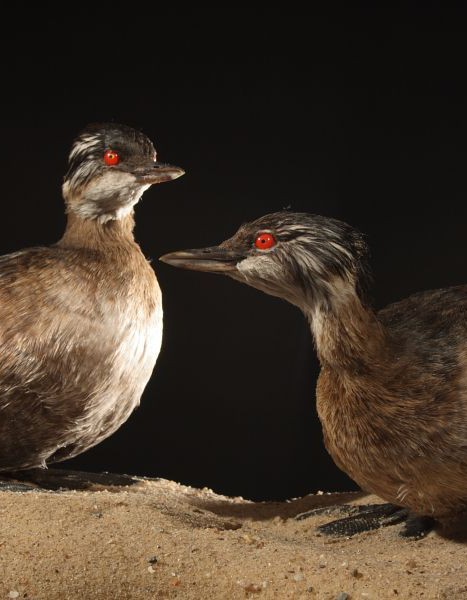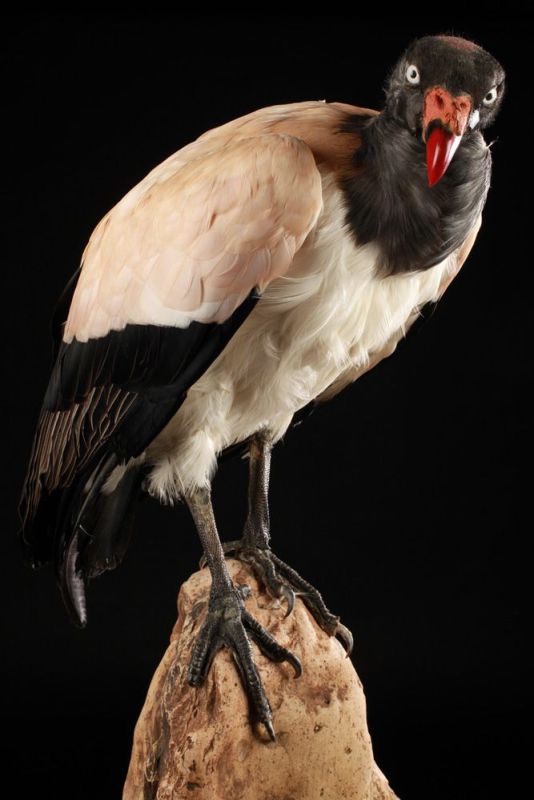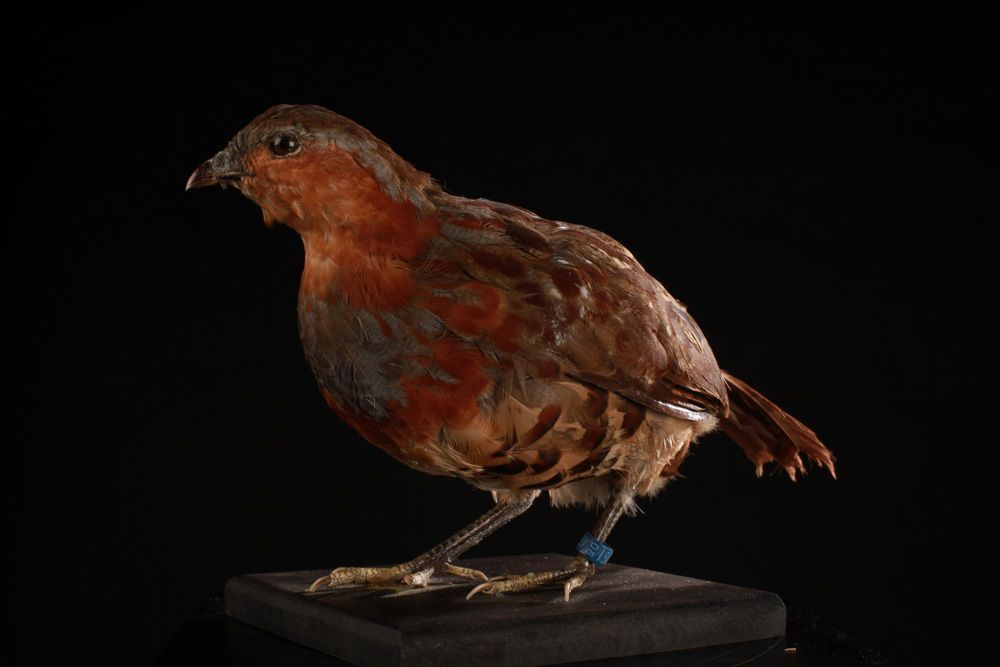Great Crested Grebe – Podiceps cristatus
Great Crested Grebe – Podiceps cristatus
- P.c. cristatus
- P.C. infuscatus
- P. C. australis
It breeds in fresh or brackish water fringed vegetation, areas of open water for fishing, artificial streams, ponds and backwaters of rivers in slow current. In tropical Africa, it can be seen on the high mountain lakes to 3000 meters. In New Zealand, it attends the lakes up to 1000 meters.
Grebes Palearctic do not support such harsh conditions such as lakes waters partially frozen.
The Great Crested Grebe feeds mainly on fish of varying size and species, insects, aquatic invertebrates, amphibians adults and larvae. It fishes by diving and pursuing its prey underwater, but also on the surface by immersing just head and also pecking insects on aquatic plants
Grebes can prove quite aggressive during the breeding season, which starts from April to June in Europe. In Africa, it can occur at any month of the year or after long rains. In Australia, the peak laying takes place between November and March.
The Great Crested Grebe usually nests alones, it builds the nest on a platform made of aquatic plants. It is generally floating and attached to vegetation or built from plants from the bottom.
The female lays 3 to 5 eggs and produces only one brood, sometimes two. Incubation lasts about 25 to 31 days. The chicks are fed by both parents and are feathered after 70 to 80 days after birth. The family often divided into two parts, and each parent feeding a young couple.
They reach their sexual maturity at two years, but some young birds can find a mate and establish a territory or even reproduce during their first year.
The crested grebe is not threatened.





